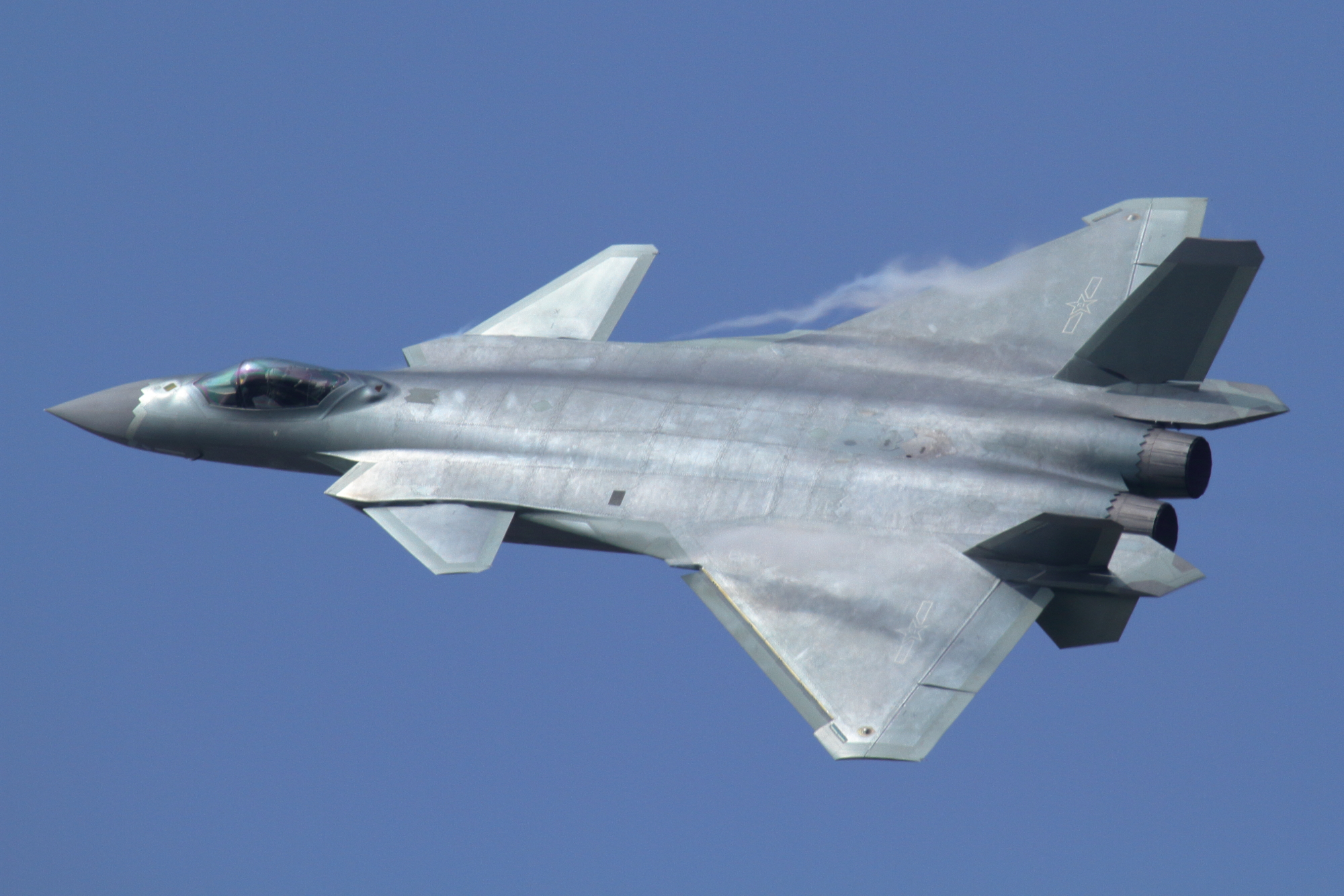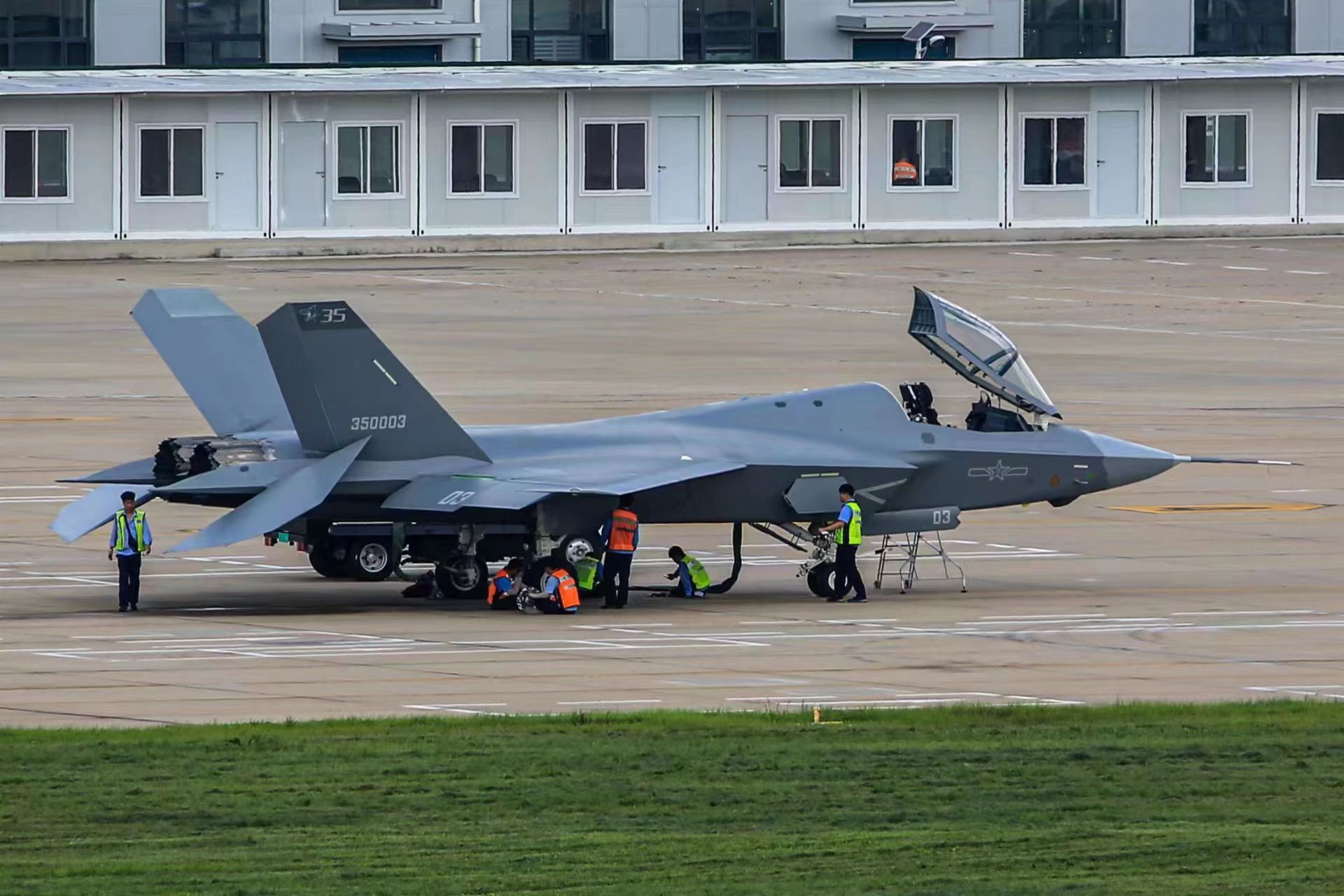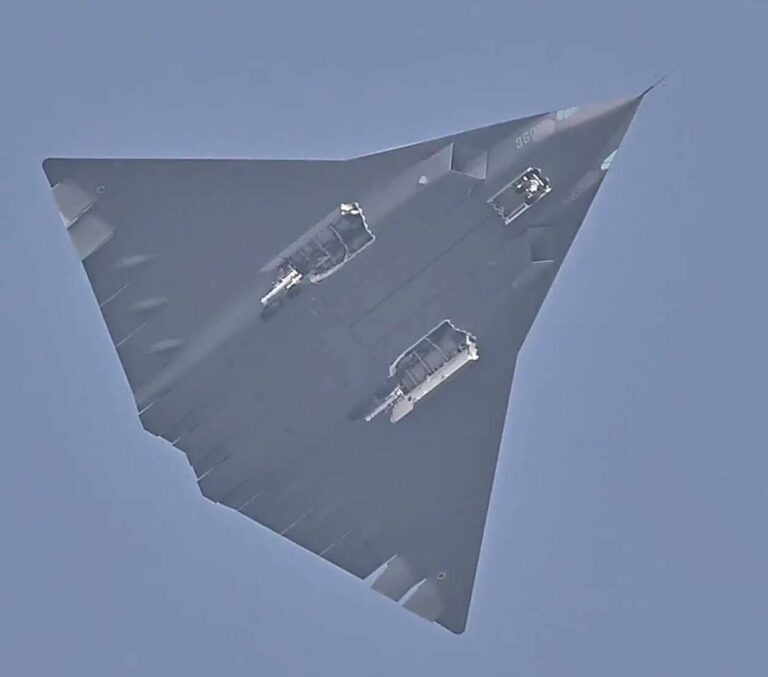On December 26 last year, coinciding with Mao Zedong’s new birthday anniversary, China surprised the world by flying two prototype sixth-generation fighter jets and allowing images to be released. This achievement is significant considering that the second fifth-generation fighter, the J-35, has not yet entered service and the People’s Liberation Army Air Force (PLAAF) has a significant number of third-generation fighters in its inventory. is even more impressive. , not a front-line unit, but waiting for modernization.
China’s rapid progress in the development of aerospace technology has been remarkable, and this demonstration marks the first major power to fly not one but two prototype fighter jets with sixth-generation characteristics, clearly giving it a leg up on its Western rivals. exceeded.
Evolution of Chinese military aviation
To better visualize China’s ability to “exponentially” evolve its military aircraft, let’s take a quick look at the development of stealth fighter jets.
J-20 Mighty Dragon
Developed by Chengdu Aircraft Corporation (CAC), the J-20 Mighty Dragon is China’s first fifth-generation fighter jet, designed to achieve air superiority with advanced electronics and stealth capabilities. Development began in the 1990s, and the first flight took place in January 2011. In December 2016, the J-20 entered service with the People’s Liberation Army Air Force ahead of Western analysts’ expectations. Since its introduction, continuous upgrades have been made, including improvements in aerodynamics, avionics, and coatings, as well as the replacement of the Russian AL-31F engine with a domestically produced WS-10C in the early block J-20.

The J-20 entered mass production in 2019, solidifying its position as the spearhead of China’s combat aviation. However, the Mighty Dragon is a rapidly evolving design. In 2021, the first prototype of the J-20S appeared. It is a two-seater, probably created for electronic warfare missions or as a small airborne command and control station. In December 2022, the J-20A prototype begins runway testing, with significant aerodynamic and electronic improvements, primarily highlighted by the integration of the latest WS-15 engine, which gives the J-20 supercruise capabilities. It was done.
FC-31-J-31-J-35-J-35A Gyrfalcon
China’s second line of fifth-generation fighters began with the FC-31 project in the mid-2000s, an effort by Shenyang Aircraft Corporation (SAC) to develop a medium-sized fifth-generation fighter with export potential. Ta. The FC-31 prototype #31001, powered by the Russian RD-33 engine (from the MiG-29), made its first test flight in 2012, but the PLA Air Force showed no interest in the aircraft and its They preferred to focus their resources on engine production. J-20.
What actually showed interest was the People’s Liberation Army Navy (PLAN), which requested a complete redesign of the aircraft for carrier-based operations, resulting in the J-35, which made its first flight at the end of October 2021. .
Powered by China’s WS-21 engine, the J-35 features a cockpit design that is unmistakably similar to the F-35. It is also equipped with an IRST or EOTS type optronic system under the nose and a boarding ladder similar to US fighter jets.

The J-35 has an internal arsenal with an estimated payload of 2,268 kg and six hardpoints for air-to-air missiles or air-to-ground weapons. If the mission does not require the highest degree of stealth, the weapon’s capabilities can be increased by six additional hardpoints on the wings.
Recognizing how interesting the Navy’s J-35 was, the People’s Liberation Army Air Force asked Shenyang Corporation to develop a variant without the restraining hooks and wing folding system. As a result, the J-35A’s airframe should be lighter and more capable than its Navy sibling.
The first J-35A prototype made its maiden flight on September 26, 2023, and was officially unveiled to the public at the 2024 Zhuhai Air Show. The aircraft is rumored to enter limited service with the People’s Liberation Army Air Force in 2025, ahead of the naval version that spawned it.
generational leap
China’s technological advances in military aviation are dizzying. The country, which started its aerospace business decades later than Russia, the United States and Europe, has successfully developed and operated its first fifth-generation fighter jet after nearly 20 years. Despite an initial period in which the FC-31 did not find any adopters, development of the PLA Air Force and PLA Navy’s second-line stealth fighter continued even faster.
In other words, China is currently introducing a second line of fifth-generation fighters, with more than 200 produced and only one stealth fighter in service. But it also flew two prototypes of a new generation of low-radar signature fighters, believed to be sixth-generation fighters, and appears to have succeeded in outperforming Western fighters.
Two complementary fighter models
The sixth-generation fighter jets displayed on Dec. 26 do not appear to be competing designs for production contracts, but are two models intended to complement each other within the Chinese military establishment.
The powerful three-engine fighter designed by the Chengdu company is informally called the J-36 and is probably the more advanced of the two models. Observation of photographic material indicates that the J-36 will have three weapons bays, including a large central weapons bay, and will be able to carry a significant amount of internal munitions, including hypersonic missiles and very long-range air-to-air missiles. Guessing becomes possible. PL-17 etc.
It appears to feature a main radar configuration similar to that chosen for the Russian Su-57, with one front antenna and two side antennas for wide area coverage. In addition, above these side antennas there are windows that could house advanced optronic equipment such as IRST, EOTS, and potentially even laser weapons, a capability being researched for sixth-generation fighters. can. Finally, the aircraft appears to be covered with a kind of “soft skin”, especially in the area of wing control surfaces.
The aircraft appears to be designed as the heavyweight fighter of the duo, capable of carrying significant armament loads over long ranges and high sustained speeds. The J-36’s anticipated capabilities will allow the People’s Liberation Army Air Force to significantly expand the range of defensive patrol operations, as well as conduct offensive air-to-air and air-to-ground operations with operational or strategic implications. , would be able to directly threaten the enemy’s rear and logistics. . Presumably, the J-36’s targets include warships, air bases, communications systems, and radars in the Pacific Islands, as well as intelligence, command and control, and military transport aircraft, with the rear under the protection of fighter escorts. It’s no longer safe. .
Ultimately, the J-36 would serve as a force multiplier within China’s military structure, allowing the People’s Liberation Army Air Force to maintain long-range deterrence from operating bases with a relatively small number of fighters and This can complicate deployment.
Meanwhile, Shenyang Aircraft Corporation’s twin-engine lambda-wing fighter, tentatively called the J-50, appears to follow a different philosophy. Designed to maintain a high level of stealth from all angles, this model prioritizes agility over maneuverability, ensuring lower production and maintenance costs. It is likely destined to be produced in greater numbers than the J-36, and there is speculation that the Chinese Navy may develop a naval version of the model for boarding operations.
Has a 6th generation fighter appeared?
The evolution of China’s stealth fighters, from the J-20 to putative sixth-generation models such as the J-36 and J-50, is evidence of China’s determined efforts to close the technology gap with the United States. To overcome it if possible. These advances are beginning to be seen and felt. Of course, some may question whether the model announced in December is truly suitable for a sixth-generation fighter jet. But what exactly defines this category of fighter? If the characteristics that define a fifth-generation fighter have changed over time, the debate over next-generation fighter specifications becomes even more complex. I understand that. Just as the United States set the standard for fifth-generation fighters with the introduction of the F-22 (later adjusted to include the F-35), if China succeeds in fielding the first of a new generation fighter, it will Well then, it will be they who will define the world standard for 6th generation fighters. After all, whoever defines the rules of the game controls those rules.


